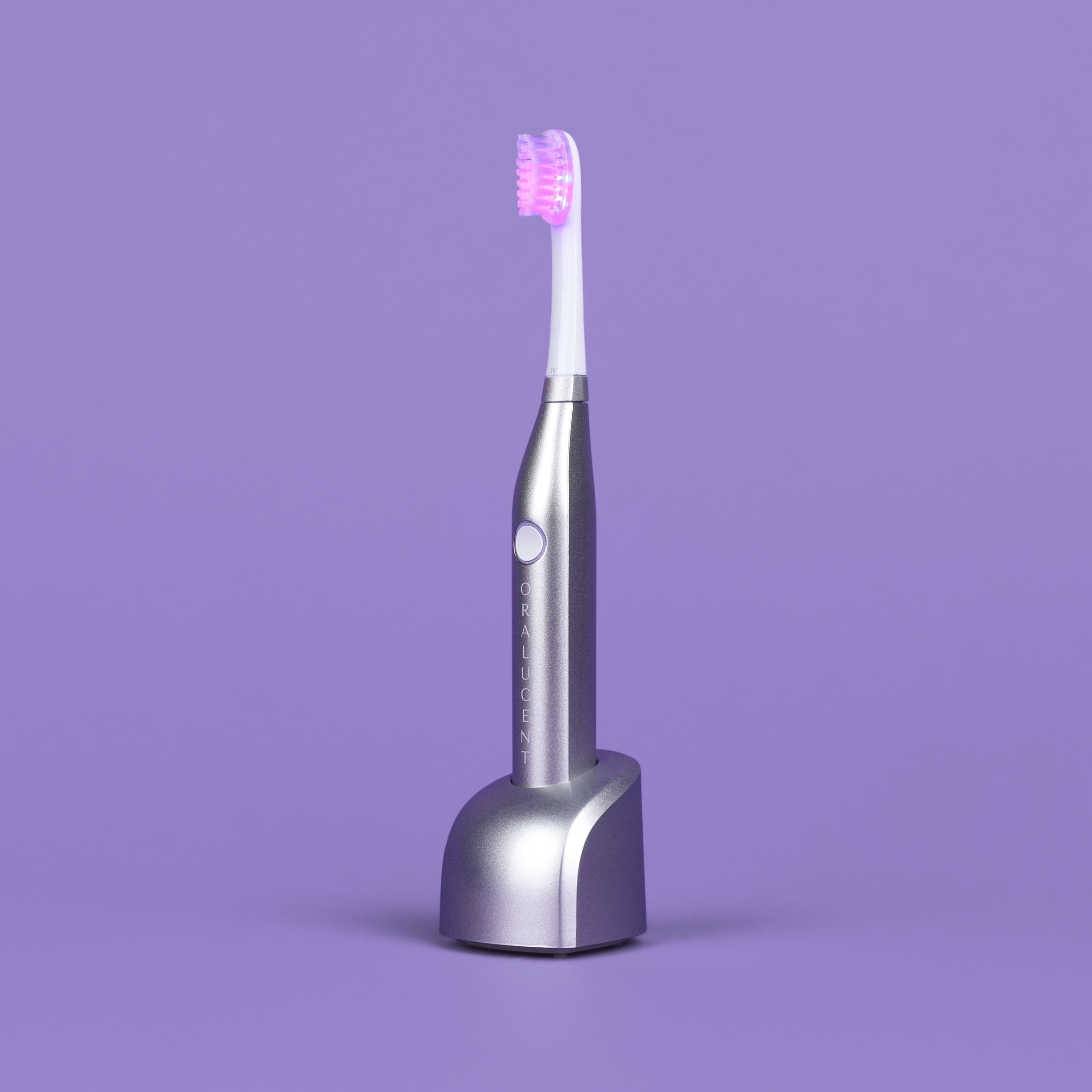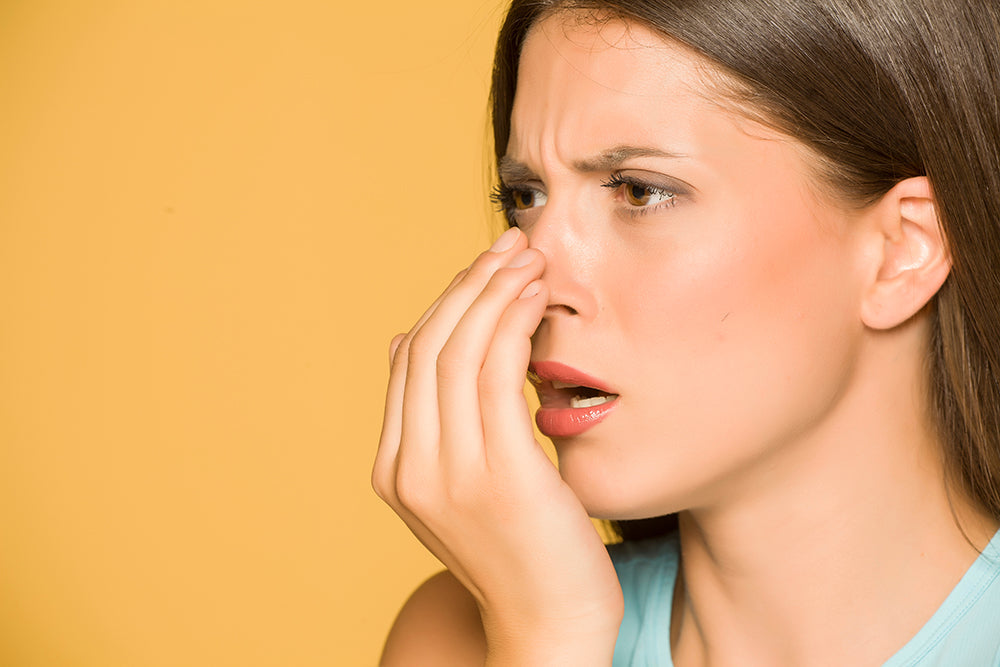Teeth whitening products and treatments are big business. The worldwide teeth whitening market is expected to reach $7.4 billion by 2024. Having a white smile remains the number one cosmetic dental concern in the United States. When asked by the American Academy of Cosmetic Dentistry what single aspect of their smile individuals would like the see improved, the answer was simple: whiter teeth.
If you would like to whiten your teeth, you now have a multitude of choices. Most dentists offer some type of in-office or at-home whitening treatment option, and shelves at drug stores and grocery stores are often packed with over-the-counter products like whitening strips that promise dramatic results. Not every treatment option is cost-effective, though. To find the best teeth whitening method for the price for you, a brief exploration of the teeth whitening process is needed.
How Do Teeth Whitening Products Work?
Whether you opt for whitening strips, gels that are held in mouthguards, or professional treatments, every whitening treatment makes use of some type of bleaching agent, which is typically hydrogen peroxide or carbamide peroxide. These strong chemical compounds break down and lift stains that are entrenched on or beneath your enamel. Both of these whitening agents penetrate the enamel to break the bonds of dark molecules and dark particles within your enamel.
Oxygen molecules in the bleaching compounds are highly reactive and drive the whitening process. The bleaching gel even contains ingredients that open the pores in the tooth to allow for deep penetration of the structure. This allows for cosmetic results that can address extrinsic (surface-level) stains and even some types of intrinsic stains that affect the layer of dentin that is found beneath the enamel.
Whitening treatments can brighten teeth by several shades. Many dentists use a blue light to further activate and accelerate the whitening process. Some new products even allow you to benefit from the whitening power of light technology at home. For instance, the Oralucent toothbrush uses a combination of red light and blue light to brighten teeth and kill harmful bacteria while brushing.
To effectively activate hydrogen peroxide, most light-emitting whitening devices use LED light, which stands for light-emitting diode. An LED releases light when an electrical current is present. LEDs are the lighting option of choice for many products, including the Oralucent toothbrush.
What Are My Teeth Whitening Options?
So, what are your teeth whitening options? Well, there are six basic at-home teeth-whitening options as well as one leading in-office method.
- LED Teeth Whitening Trays: Whitening trays, with built-in LED light, combine the whitening power of bleaching gels with the accelerating benefits of LED lights. Since the majority of these products are bought over-the-counter, the gels have low levels of bleaching agents and require multiple uses and sometimes lengthy sessions to realize significant results. Their costs vary widely.
- Bleaching Trays: Bleaching trays can hold over-the-counter whitening products or professional-grade gels. The trays are typically molded to fit the contours of your teeth. Their costs also vary widely, from very inexpensive over-the-counter types, to trays that are molded by your dentist and utilize a higher concentration gel.
- Teeth-Whitening Strips: These products are thin, flexible strips that are coated with a whitening gel and fold over your teeth. The strips work to keep the gel in close contact with the surface of your teeth. Although they are convenient and relatively inexpensive, they run the risk of irritating your gum tissue because you can’t always limit the coverage to just the teeth.
- Teeth-Whitening Pens: This whitening product works best when you want short-term results, either before an event or after eating a stain-causing food or drink. The pens typically contain around ten percent carbamide peroxide, although there are a number of pens on the market that contain harsh chemicals, so buyer beware.
- Whitening Toothpastes and Gels: Whitening toothpastes either contain low levels of peroxide or abrasive substances like baking soda. These are also inexpensive, but due to the low levels of peroxide, these products do not yield quick results and are best used to maintain cosmetic results following a cosmetic whitening treatment.
- Blue Light Toothbrushes: Blue light toothbrushes such as the Oralucent toothbrush use blue light technology that is proven to kill harmful bacteria and effectively whiten your teeth. You can expect to gain the most whitening benefits by brushing with a toothpaste or gel that contains peroxide for two minutes twice a day. Its cost is comparable to a regular sonic electric toothbrush.
- In-Office Zoom: Zoom treatments use a blue LED light to accelerate the whitening process. The special light can be used with a variety of bleaching gels. This is the most expensive teeth whitening option available and is not as convenient as being able to do it yourself at home.
It’s Not Just About the Cost: Balancing the Costs and Benefits of Your Options
Beyond cost, there are many considerations to be taken into account before choosing a teeth whitening option.
The duration of each treatment can vary widely. Typically, in-office visits require a full one-hour commitment to allow for preparation and whitening. Whitening strips and bleaching trays generally require half an hour or longer.
Convenience is another factor. Professional in-office treatments require a small but significant commitment of time. LED whitening trays, bleaching trays, and whitening strips require you to forgo the ability to speak, eat, or drink for 30 minutes or longer at a stretch.
Teeth sensitivity is another factor to consider when making your decision. Different methods are more prone to leaving you with sensitive teeth, at least temporarily.
Also consider that whitening is not a ‘one and done’ process. For instance, if you do choose to go the in-office route, know that you can end up experiencing a rebound effect, which is when your teeth relapse slightly in shade. One study showed that the use of light enhancement for in-office whitening lead to immediate color change, after which there was significant color and shade rebound within 7 days as well as moderate-to-severe tooth sensitivity during and after treatment.
A blue light toothbrush offers many of the benefits of professional whitening with the convenience of only requiring a two-minute time commitment twice a day, as recommended with any other toothbrush. Oralucent’s Teeth Whitening Calculator allows anyone who is interested in teeth whitening treatments to calculate which option will work best for them based on expected shade lightening results, cost, and time commitment.
Weighing Your Options: 7 Factors to Consider When Making Your Decision
There are a lot of things to consider before you take the teeth-whitening plunge. Keep in mind:
- Safety (current oral health conditions: do you have existing gum issues, sensitive teeth, etc.)
- Costs (which method fits best in your budget)
- Convenience (in-office vs. at-home. Walking around with an LED device in your mouth for 30 minutes vs. brushing your teeth with a blue light toothbrush for your normal 2 minutes)
- Expectations (how many shades are realistic)
- Presence of dental restorations (dental restorations can’t be whitened)
- General health/allergies to bleaching materials, etc.
- Understand the risks before proceeding
It’s also worth noting that, of the methods listed, only a blue light toothbrush offers cosmetic and oral health benefits. Oralucent’s advanced toothbrush can:
- Kill the specific bacteria that cause bad breath
- Break down plaque and prevent the buildup of tartar
- Improve overall gum health
- Whiten teeth without causing teeth sensitivity
The Dangers and Pitfalls of So-Called “Natural” Teeth Whitening At-Home Methods
A wide range of “natural” products claim to whiten teeth using produce and other nontraditional materials. These approaches often advocate using coconut oil, lemon and orange peels, baking soda, and charcoal, among others. But the American Dental Association provides some fact and fiction about the more popular natural methods. For instance, citric acid can wear enamel. And no scientific study has found charcoal, spices, or oil to be safe or effective for whitening teeth. In short, there is no objective evidence that proves that “natural” products deliver any substantial whitening results, so while these methods may seem inexpensive to try, they may end up costing you dearly in the long run.
Now it’s Easier Than Ever to Whiten Your Teeth at Home
Gone are the days when you had to sit in the dental chair to get a whitening treatment. Now there are a plethora of in-home options. The time needed, number of shades achieved, methodology, and costs vary, but getting a whiter smile at home IS achievable. So, if you’ve done your homework and it feels right to you, go for it!
Sources:
- New Study Reveals Keys to Memorable First Impressions.
- Teeth Whitening Costs and Different Treatment Options Explained.
- Natural Teeth Whitening: Fact vs. Fiction.
- Tooth Whitening/Bleaching: Treatment Considerations for Dentists and Their Patients.
- The 12 Best Ways to Whiten Teeth Fast [in 2020].
Study:
Clinical trial assessing light enhancement of in-office tooth whitening.




